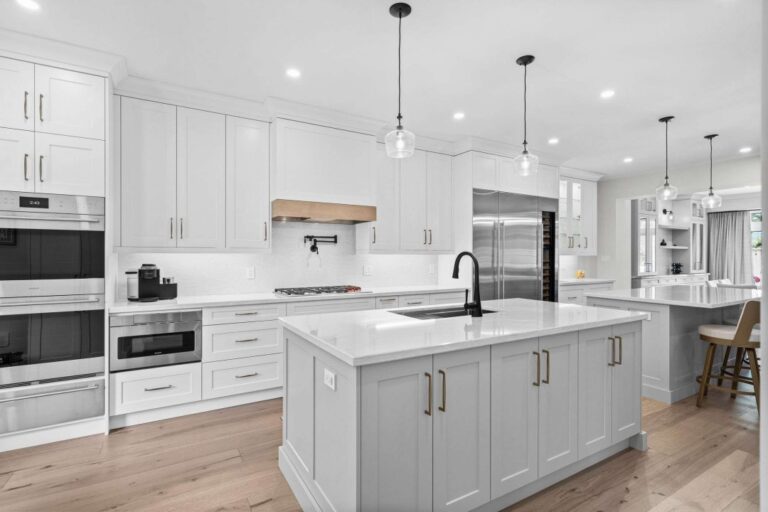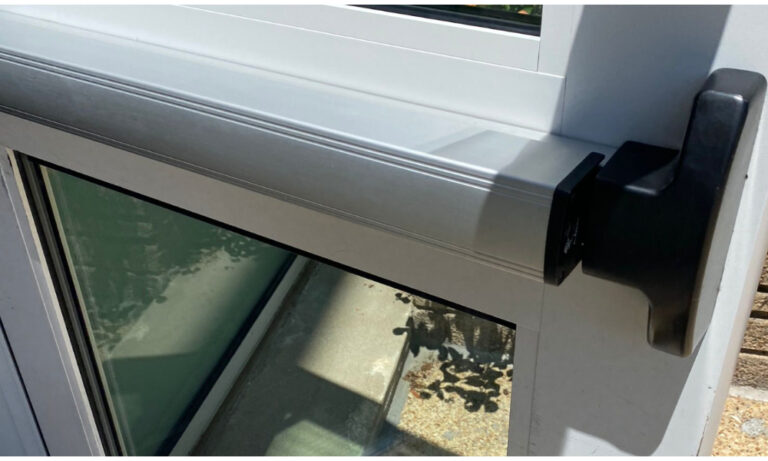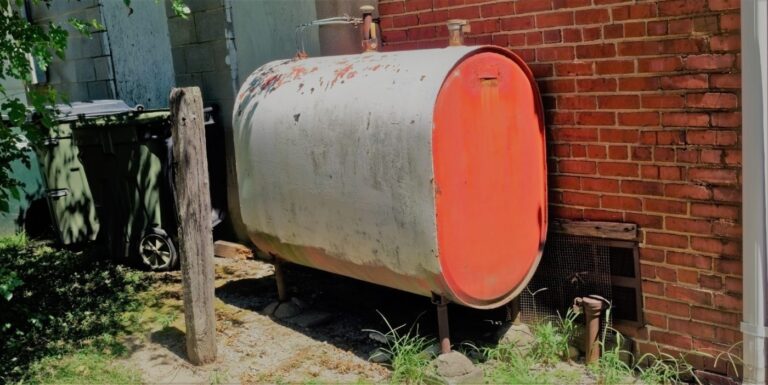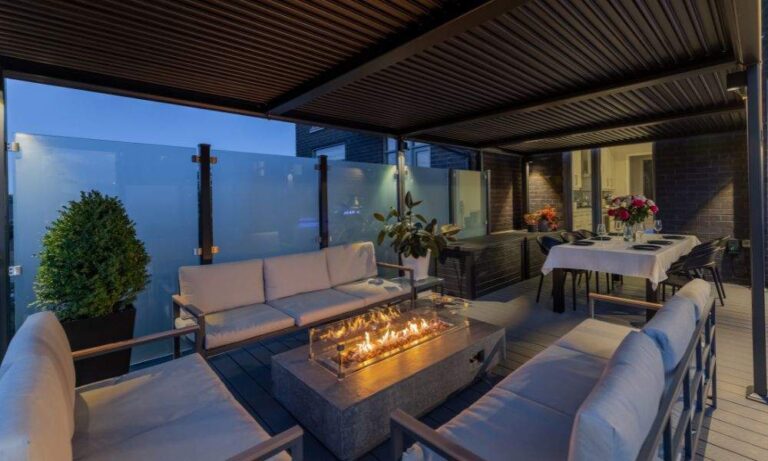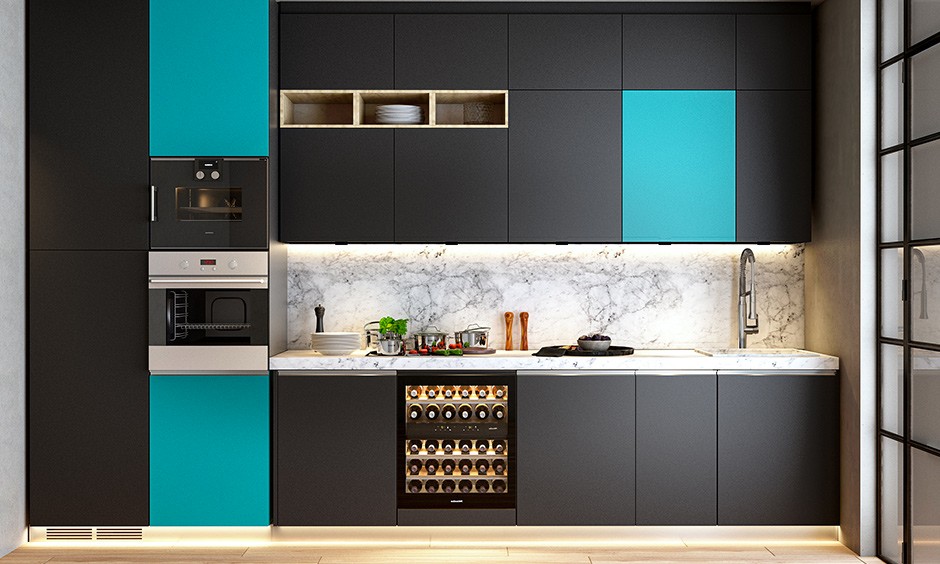
Introduction
The kitchen, often referred to as the heart of the home, is a space where functionality and aesthetics coalesce seamlessly. One key element that bridges these two aspects is the kitchen splashback. Beyond its utilitarian role of protecting walls from splatters and spills, a well-chosen splashback can enhance the visual appeal of your kitchen. However, with a plethora of materials available, selecting the perfect one can be overwhelming. In this comprehensive guide, we’ll walk you through the factors to consider when choosing the right material for your kitchen splashback.
Style and Aesthetic Appeal
The first step in selecting a splashback material is determining your kitchen’s overall style. Different materials evoke distinct aesthetics. For a sleek and modern look, materials like glass and stainless steel are excellent choices. If you’re aiming for a rustic or country-inspired vibe, natural stone or ceramic tiles could be more suitable. Additionally, the colour and pattern of the material should harmonise with your kitchen’s colour palette and decor.
Durability and Maintenance
The kitchen is a high-traffic area, so durability is paramount when choosing a splashback material. Some materials, such as tempered glass and stainless steel, are highly resistant to heat, moisture, and staining. On the other hand, natural materials like marble or wood might require more maintenance to preserve their appearance. Consider your lifestyle and willingness to maintain the material when making your decision.
Budget Considerations
Budget constraints play a significant role in material selection. While premium materials like natural stone can be costly, there are budget-friendly options like ceramic tiles and laminate that offer excellent value for money. Prioritise the materials that align with your budget without compromising on quality and style.
Ease of Installation
Some materials require professional installation due to their complexity, while others are more DIY-friendly. Glass, for instance, may need precise measurement and fitting, making professional installation advisable. Conversely, peel-and-stick tiles or panels can be manageable for homeowners looking to embark on a DIY project.
Texture and Patterns
The texture and pattern of your splashback material can add depth and visual interest to your kitchen. Subway tiles are a timeless choice with a wide range of patterns, while mosaic tiles can infuse a playful mosaic of colours and shapes. Some materials, like stainless steel, offer a sleek, uniform surface, while textured materials like brick or stone can create a more rustic feel.
Lighting and Reflection
Consider how your chosen material interacts with light. Glass and mirrored surfaces can reflect light, making your kitchen feel brighter and more spacious. Textured materials can create captivating interplays of light and shadow. If your kitchen lacks natural light, a splashback that enhances artificial lighting can be a strategic choice.
Environmental Impact
For environmentally conscious homeowners, it’s worth investigating the ecological footprint of your chosen material. Some materials, like recycled glass or reclaimed wood, are more sustainable choices that contribute to reducing waste and promoting eco-friendliness.
Personalisation and Customisation
Modern technology allows for custom-printed splashbacks that cater to your unique taste and preferences. Consider incorporating personalised designs, patterns, or even family photos into your splashback to make a distinct visual statement.
Cohesiveness with Countertops and Cabinetry
Achieving a harmonious kitchen design involves ensuring that your splashback complements your countertops and cabinetry. Take into account the materials, colours, and textures used in these elements to create a cohesive and balanced look.
Conclusion
Selecting the right material for your kitchen splashback is a multi-faceted decision that involves considering factors such as style, durability, budget, installation, and personal preferences. By assessing these aspects and weighing the pros and cons of each material, you can make an informed choice that not only safeguards your walls but also elevates the aesthetics of your kitchen space. Remember, the perfect splashback material is one that aligns with your lifestyle, taste, and the overall ambiance you want to create in your culinary haven.



